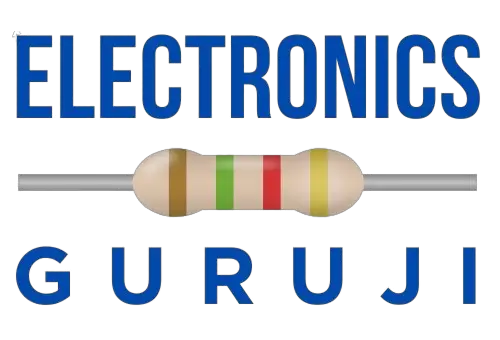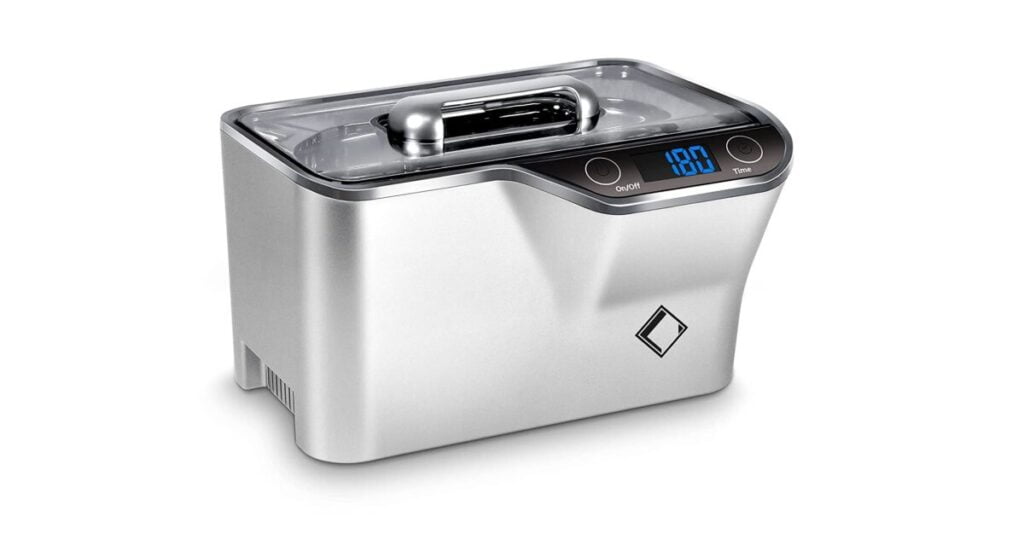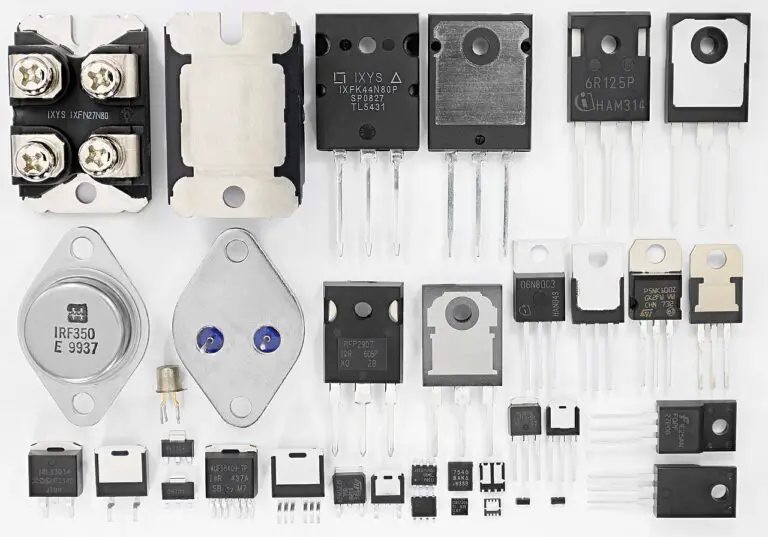In the world of industrial cleaning, there is a revolutionary technology that is gaining widespread recognition for its efficiency and effectiveness—ultrasonic cleaning. Utilizing high-frequency sound waves to remove dirt, grease and contaminants from a wide range of materials, ultrasonic cleaning has become a game-changer for industries such as manufacturing, healthcare, electronics and many more. In this blog post, we will delve into the inner workings of ultrasonic cleaning, explore its advantages, and highlight its diverse applications.
What is Ultrasonic Cleaning?
Ultrasonic cleaning is a cutting-edge cleaning method that employs sound waves with frequencies beyond the limits of human hearing (typically above 20,000 Hz). The process involves immersing objects in a specially designed cleaning solution and subjecting them to ultrasonic vibrations. These vibrations create microscopic bubbles that collapse upon contact with the surface of the object, generating a powerful scrubbing action that dislodges contaminants. The result is a thorough and efficient cleaning process that surpasses traditional methods.
How Does Ultrasonic Cleaning Work?
Ultrasonic cleaning relies on a phenomenon known as cavitation. When high-frequency sound waves pass through a liquid medium, they create alternating high and low-pressure cycles. During the low-pressure cycles, small bubbles or cavities form in the liquid. These bubbles continue to grow until they reach a critical size where they collapse violently during the high-pressure cycles. This collapse releases an immense amount of energy, generating intense shockwaves and microjets that target and remove contaminants from surfaces.
Advantages
Ultrasonic cleaning offers numerous advantages over traditional cleaning methods, making it an increasingly popular choice in various industries. Some key benefits include:
a) Thorough and Consistent Cleaning: It reaches even the most inaccessible areas, ensuring a thorough and consistent cleaning of complex parts with intricate geometries.
b) Non-Destructive: Unlike abrasive cleaning methods, it is gentle on delicate surfaces, preventing damage and extending the lifespan of valuable components.
c) Time and Cost Efficiency: The high-speed scrubbing action of ultrasonic cleaning significantly reduces cleaning time, leading to increased productivity and cost savings for businesses.
d) Eco-Friendly: It typically requires fewer chemicals and solvents compared to traditional methods, promoting a greener and more sustainable approach to cleaning.
e) Versatility: It is compatible with a wide range of materials like metals, plastics, glass, ceramics and even delicate items such as jewelry and medical instruments.
Applications
The versatility of ultrasonic cleaning technology has led to its adoption in numerous industries. Let’s explore some of the key applications:
a) Manufacturing: Ultrasonic cleaning effectively removes contaminants such as oils, greases, rust, and dirt from manufacturing equipment, tools, and components, ensuring optimal performance and product quality.
b) Electronics: Delicate electronic components, circuit boards, and precision instruments can be safely and thoroughly cleaned using ultrasonic technology. The gentle yet powerful cleaning action reaches even the tiniest crevices, removing dust, flux residues, and other contaminants that can compromise the functionality of electronic devices.
c) Automotive: It is used in the automotive industry for cleaning engine parts, fuel injectors, carburetors and other components. It effectively removes carbon deposits, oil residues, and dirt, restoring optimal performance and extending the lifespan of automotive parts.
d) Healthcare and Medical: In healthcare settings, it plays a vital role in sterilizing and cleaning surgical instruments, dental tools, and medical equipment. The thorough cleaning action eliminates bacteria, viruses, blood, and other biological contaminants, ensuring a safe and hygienic environment.
e) Jewelry and Watches: It provides a gentle yet effective solution for cleaning delicate jewelry pieces, watches, and gemstones. It effortlessly removes dirt, oils, and fingerprints, restoring the luster and shine of precious items.
f) Optics: It is commonly used in the optics industry to clean lenses, eyeglasses, camera equipment, and other optical components. The non-abrasive cleaning process eliminates smudges, fingerprints, and dust particles, ensuring clear and distortion-free vision.
g) Aerospace: This technology is employed in the aerospace industry for cleaning engine parts, turbine blades, and various aircraft components. It effectively removes contaminants such as carbon deposits, oils, and hydraulic fluids, maintaining optimal performance and safety standards.
h) Restoration and Conservation: Ultrasonic cleaning has found applications in the restoration and conservation of valuable artifacts, antiques, and artworks. Its gentle cleaning action ensures the removal of dirt, soot, and other contaminants without causing any damage to the delicate surfaces.
Choosing the Right Ultrasonic Cleaner
When selecting an ultrasonic cleaner, there are several factors to consider:
a) Frequency: The frequency of the ultrasonic waves determines the cleaning efficiency and the types of contaminants it can effectively remove. Low-frequency cleaners are suitable for heavy-duty cleaning, whereas high-frequency cleaners are ideal for delicate items.
b) Tank Size: The size of the cleaning tank should match the dimensions of the objects you intend to clean. It is essential to choose a cleaner with a tank large enough to accommodate your items comfortably.
c) Power and Controls: Consider the power output and control options of the ultrasonic cleaner. Adjustable power settings allow customization based on the cleaning requirements, while timers and temperature controls enhance the cleaning process.
d) Construction and Durability: Look for an ultrasonic cleaner made from durable materials that can withstand the demands of your specific industry. Stainless steel tanks are commonly preferred for their longevity and resistance to corrosion.
e) Safety Features: Ensure the ultrasonic cleaner has safety features such as automatic shut-off, overheat protection, and liquid level sensors to prevent damage and accidents.
Conclusion
Ultrasonic cleaning has revolutionized the way industries approach cleaning and maintenance. Its powerful yet gentle cleaning action, versatility, and time efficiency make it a preferred choice for a wide range of applications. From manufacturing to healthcare, electronics to aerospace, ultrasonic cleaning technology has proven its effectiveness in delivering superior cleaning results. By understanding the working of ultrasonic cleaning and considering the specific needs of your industry, you can use this technology to achieve optimal cleanliness, extend the lifespan of your equipment and enhance overall productivity. Embrace the future of cleaning with ultrasonic technology and unlock its transformative benefits for your business.







